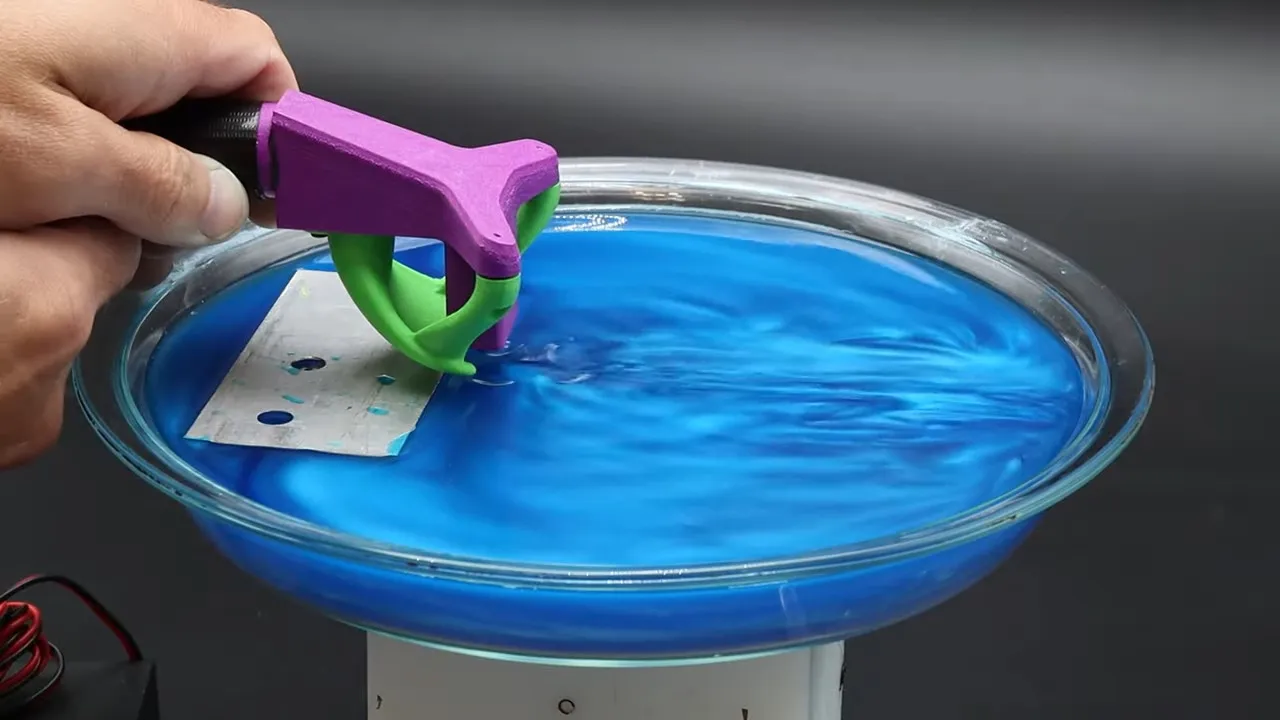3D Printing Innovation: Simulating Air Flow for Enhanced Performance

Defining the Importance of Air Flow Simulation
Simulating air flow for 3D printing technology is playing a critical role in enhancing product quality and operational efficiency. By integrating airflow analysis into the design phase, manufacturers can significantly improve the functionality and performance of printed parts.
Key Benefits of Air Flow Simulation
- Enhanced Cooling Efficiency: Proper air flow reduces cooling time, allowing for faster production cycles.
- Improved Material Properties: Optimizing airflow leads to better adhesion and structural integrity in printed objects.
- Cost-Effective Production: Reducing waste materials and ensuring optimal use of components can significantly lower costs.
Innovative Technologies in Air Flow Simulation
With advancements in technology, integrating computational fluid dynamics (CFD) into 3D printing processes is becoming more common. This innovative approach allows engineers and designers to predict airflow impacts and make necessary adjustments ahead of time.
Conclusion & Future Directions
The field of 3D printing is rapidly evolving, and simulating air flow is just one of the many innovations spearheading this revolution. As the technology continues to grow, embracing these advancements will be critical for manufacturers aiming for operational excellence.
This article was prepared using information from open sources in accordance with the principles of Ethical Policy. The editorial team is not responsible for absolute accuracy, as it relies on data from the sources referenced.